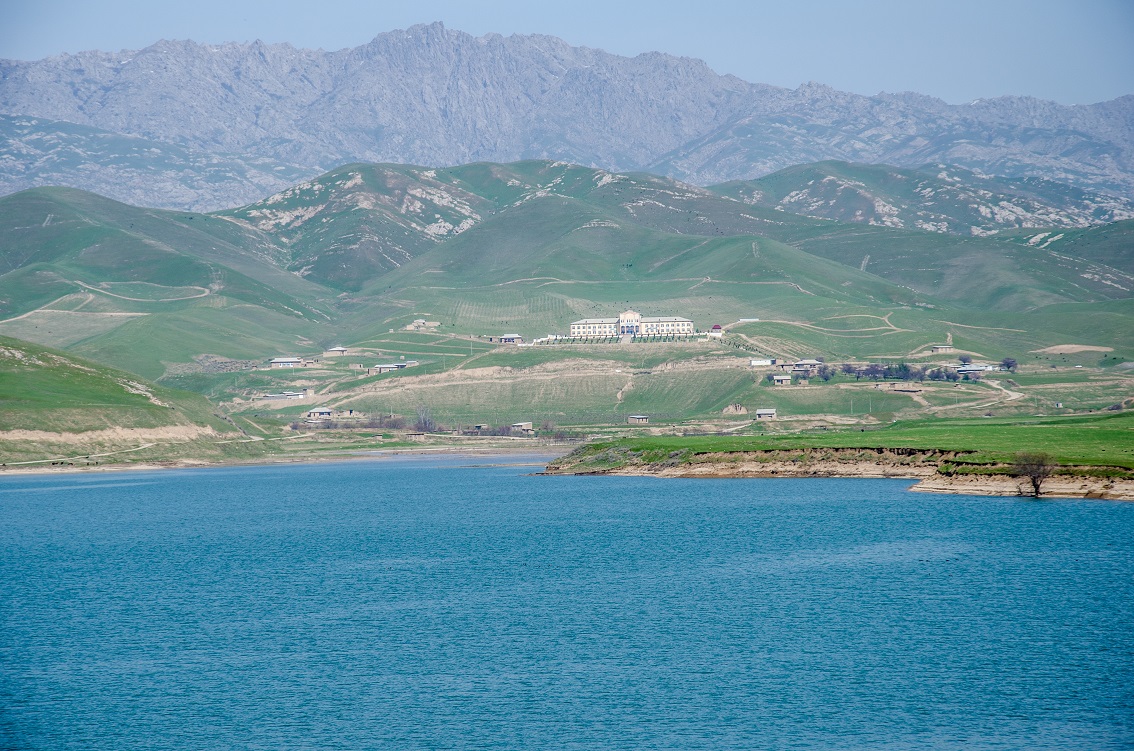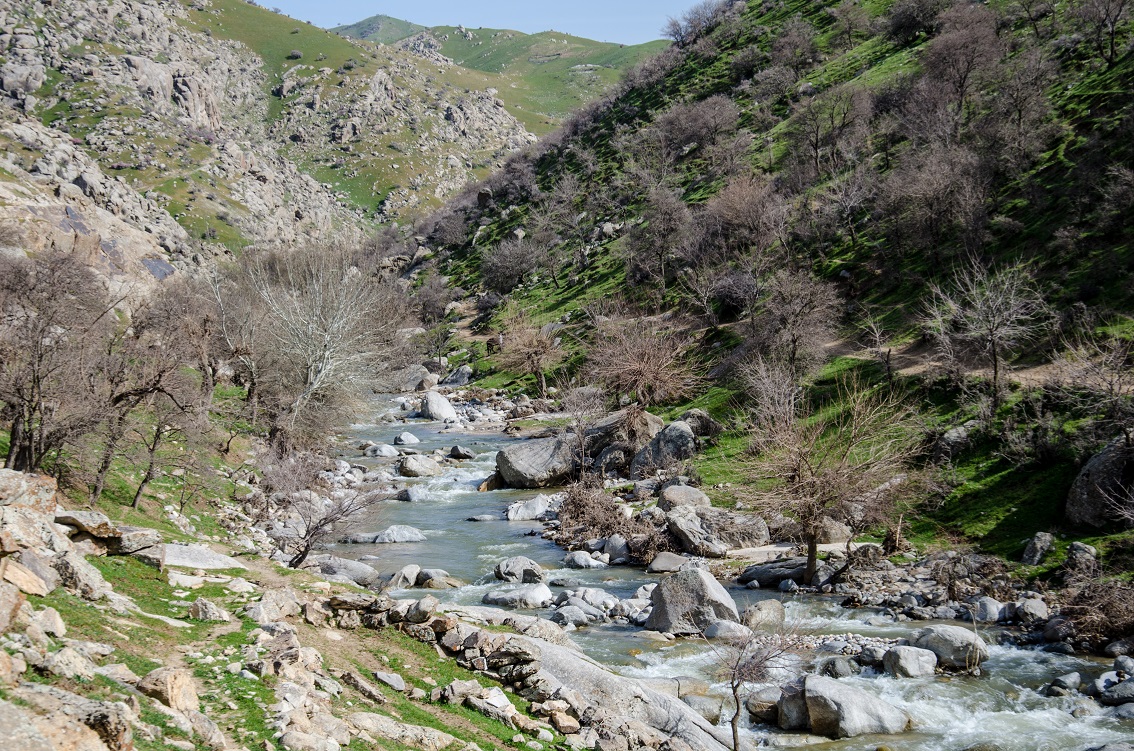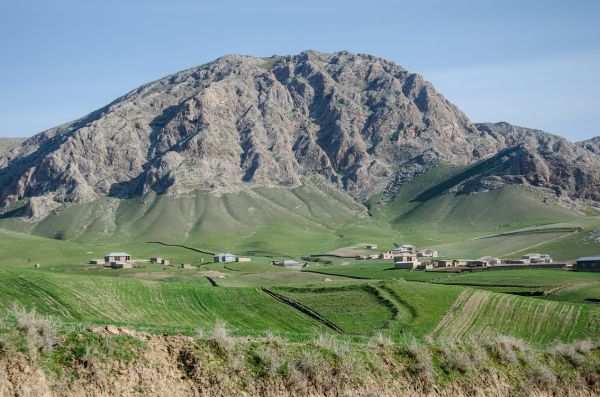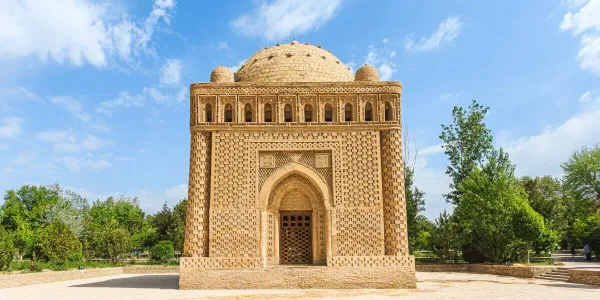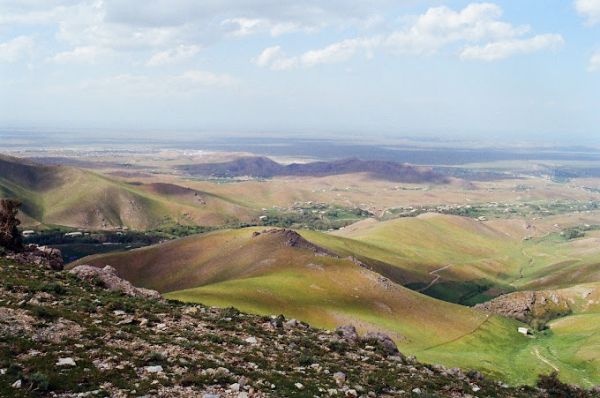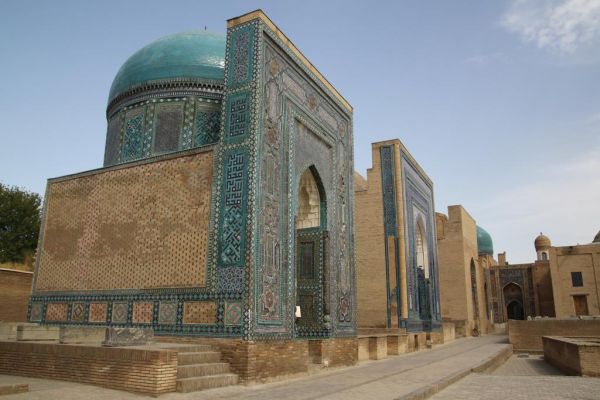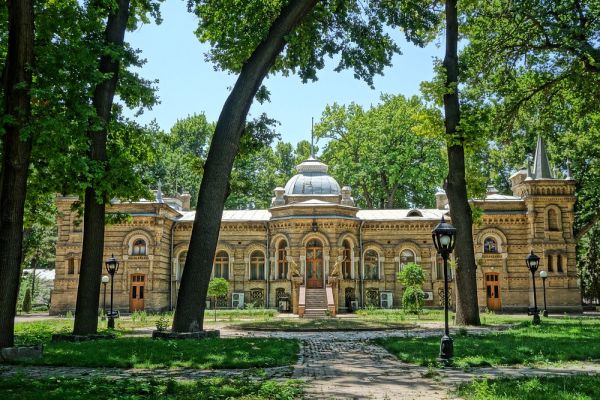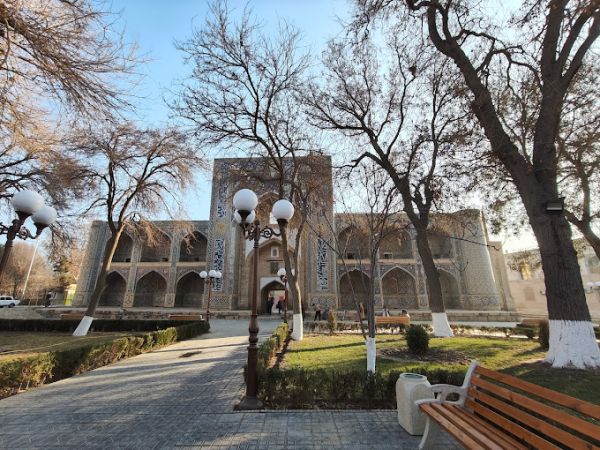The Kalkaminsky reservoir and the mysterious stone with dinosaur tracks
The Kashkadarya region continues to amaze with its unusual and even anomalous places. One of these places is the Kalkaminsky reservoir with a very curious attraction called "Shahid".
The reservoir is located in a quiet and cozy place between Samarkand and Shakhrisabz. It was built in 1968 to prevent devastating mudslides on the Kum Darya River. The surrounding nature of the reservoir is an incredibly picturesque place. The green expanses, hills and rocky peaks, which are in perfect harmony with each other, are fascinating.
Not far from the reservoir, you can see the anomalous landmark "Shahid" – a stone of a bizarre shape with its legend. It is known that the stone is almost 5 million years old, and its homeland is the Indian Ocean. No one knows for sure how such a stone managed to travel such a long way to end up in Kashkadarya. There is a version that, under the influence of tectonic plates, he got to the ridge of the Zarafshan Mountains and only then moved to the Kashkadarya mountains. It is believed that the unusual depressions in the stone are dinosaur footprints.
In the vicinity of the reservoir, you can see a mountain river, the sources of which come from a small lake called "Alvastikul", which means "Lake of the evil Spirit". Nobody knows why it's called that. The lake is located between three rocks and is accompanied by unusual stones and mini waterfalls. Perhaps the unusual stones here have become so due to dry and sometimes even dusty winds called "Makrid winds".
